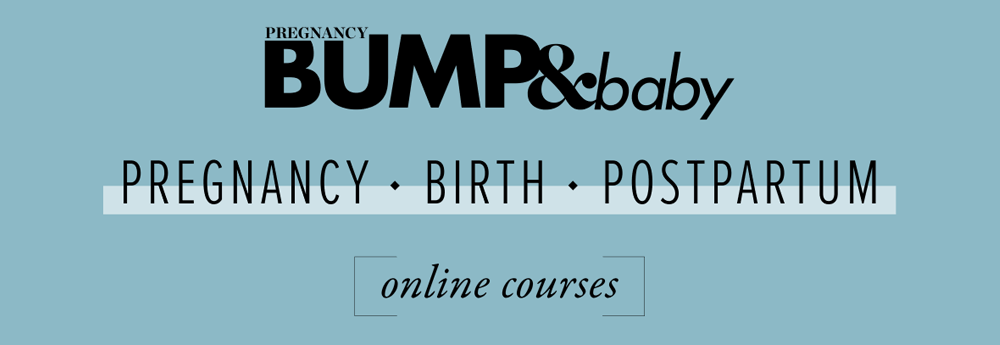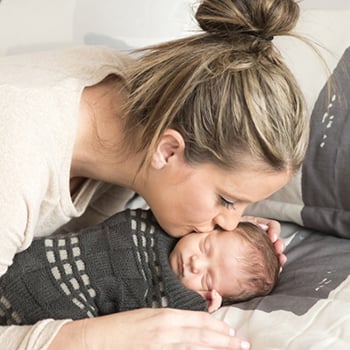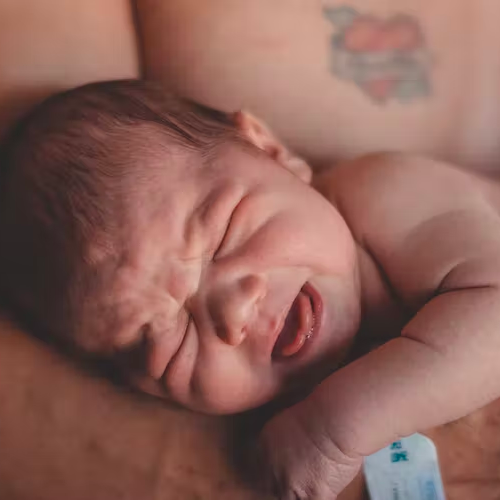
A great set of nursing pads will be your new breast friends. But how do you choose a brand that won’t let you down when you let down?
What are breast pads?
Also called nursing pads or breastfeeding pads, maternity breast pads are absorbent pads that you pop inside your bra to protect your clothes from breastmilk leaks. They’re usually round and flat, but more advanced designs, including the Just’nCase range from Kiwi company Confitex, can be shaped and curved to more snugly support your breasts.
Are nursing pads really necessary?
For most new mothers the answer is yes. It’s highly likely that you will leak at least a little breastmilk between feeds and when your baby starts to sleep longer at night. For some new mothers this eases off after the first few months, but for those who have an oversupply of milk the leakage can continue throughout breastfeeding. Sometimes one breast will leak while baby is feeding from the other, and sometimes you’ll be surprised by an unexpected let-down when you hear your baby cry. It’s safest to have a reliable pair of nursing pads in place all the time – just in case!
When will I need nursing pads?
It’s best to have some on hand for when your milk comes in two to four days following the birth of your baby (you’ll know to get ready because your breasts will feel full and firm). Some organised mums like to have a set or two in their hospital bag, and some even wear them during the later months of pregnancy if they begin to leak a little milk or colostrum.
Are disposable nursing pads or reusable ones better for the environment?
There are two main types of breast pads – single-use and reusable. Just like sanitary pads and tampons, disposable breast pads are huge contributors to landfill and tend to contain plastics that will take hundreds of years to break down. Washable pads are a more convenient and sustainable solution because they can be washed with your family laundry and reused again and again. They may require a larger outlay at first, but will soon pay for themselves when compared to continually buying new single-use pads.
What are the best reusable breast pads?
All washable nursing pads are not created equal. We like Just’nCase nursing pads because they offer an excellent combination of leakproof performance with superior absorbency capacity. This is because they’re designed with Confitex’s patented leakproof textile technology, and have a special GravityDri™ pocket at the base of the pad to trap and hold a lot more milk than other pads can hold without leaking.

What are the best nursing pads for sensitive skin?
Look for nursing pads that have an inner layer of soft, hypoallergenic fabric designed to quickly draw the breastmilk leakage away from your skin so you don’t experience chafing. You may also want to check whether they have been lab-tested and proven to be breathable and free of potentially harmful PFAS chemicals (more ticks for Just’nCase nursing pads here).
Do breast pads cause thrush and infections?
Thrush is highly contagious and can be triggered by a variety of causes. It’s important to keep your nipples dry between feeds, so choose quick-wicking nursing pads that draw the moisture away from your breasts, leaving the inner surface of the pad dry and fresh. Avoid nursing pads that contain a layer of PU plastic (as most brands do), as this is not breathable, so will trap in the moisture that can lead to thrush.
How often should I change my nursing pads?
As a general rule, you should change your nursing pads when they begin to feel saturated and heavy. How long this takes will depend on how much breastmilk you’re leaking and how absorbent the nursing pads are. Buying super absorbent, odour-resistant Just’nCase reusable nursing pads is a good investment as you will not need to change them as often so you won’t need to buy as many pairs.
How do I wash my breast pads?
Most reusable nursing pads can be washed in the washing machine with your family laundry, but check the care instructions on the label or packaging to be sure.
How long do nursing pads take to dry?
Because they are designed to absorb liquid, washable reusable nursing pads will take longer than your normal laundry to dry. Most nursing pads cannot be tumble dried, as the heat distorts and shrinks the waterproofing layer, increasing the risk that they will leak in the future. Here’s another reason we like Just’nCase breast pads – they can be tumble dried in with the rest on your washing, making life so much easier for busy mums.
Thanks to our friends at Confitex for providing this valuable information for all our breastfeeding mamas.
BUMP&baby
BUMP & baby is New Zealand’s only magazine for pregnancy and early babyhood. Our team of mums and mums-to-be understand what it’s like to be pregnant in this connected age, and that’s why BUMP & Baby online is geared toward what pregnant women and new mums really want to know.
Other articles of interest
The Ride of Your Life
So many parents feel that they have to love every single moment of time with their newborn. Becoming a parent exposes you to a life of contrast like no other.
Why is newborn baby skin-to-skin contact with dads and non-birthing parents important?
Soon after a baby is born, it’s getting more common these days for the father or non-birthing…







